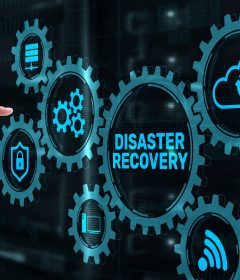Things to know about economic policy by Ben Friedman

An economy is an area of the production, distribution, trade, and consumption of goods and services by different agents in a particular country. It is also the total economic activity in that country (e.g., all sectors like agriculture, industry, retail trade). Monetary policy refers to the actions taken by the government to influence the economy as explained by Ben Friedman Toronto. The government may take these actions for various reasons; for instance, it may want to keep inflation low. When determining economic policy, many factors are considered, such as interest rates, public debt levels, and unemployment rates.
The economic growth of an economy is the increase in the size of the economy. The growth rate of an economy is determined by many factors, such as the level of investment and technological progress. The size of an economy is determined by its gross domestic product (GDP), which is equal to the total market value-added. The growth rate can also be expressed as a percentage; it increases from year to year, and it reaches a peak at some point. This point is called the “economic growth peak.”
The key determinant for economic growth is an investment. Investment refers to how much money gets spent on new or improved capital goods such as factories, machinery, buildings, roads, and equipment. In addition to that, many factors affect the amount of investment. Economic growth will not occur without investment; no matter how high other factors may be, they will not affect without investment. Therefore, if we want to have high economic growth, we must focus on increasing investment in our country.
Technological progress is another important factor in determining economic growth. Technological progress refers to how much industries and companies are making new products and how quickly they improve existing products. If a country has substantial technological progress, it will grow high.

To be more specific, technological progress improves efficiency in production and the continuous development of new products and services that improve quality, quantity, or both. The development of new technologies can be divided into three categories:
(1) the development of existing technologies;
(2) the improvement of existing technologies;
(3) the creation of new technologies. For example, an increase in agricultural technology can increase agricultural output yearly; however, if it does not improve agricultural output per unit area or unit labor input, it would not be considered a technological advance.



